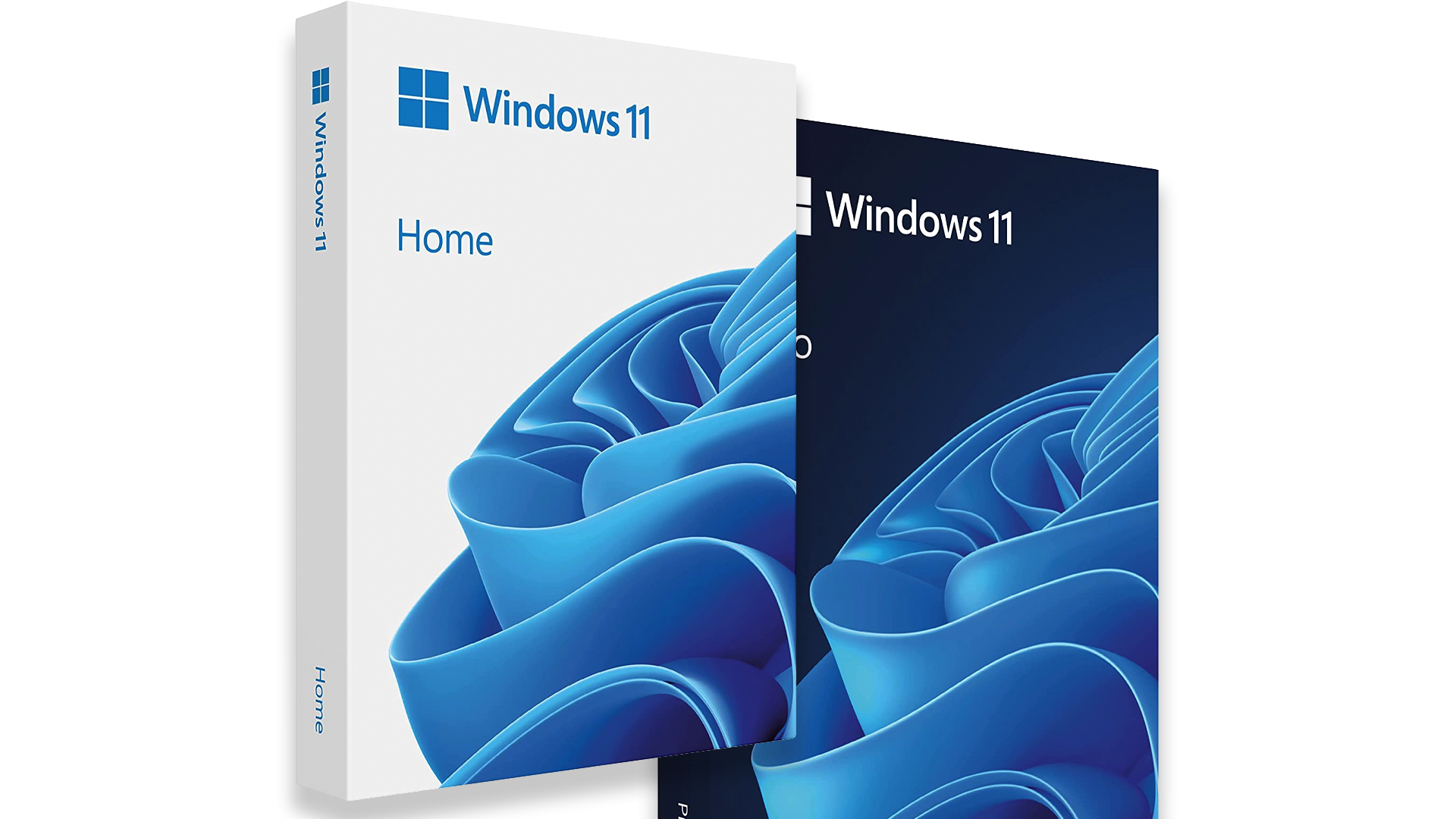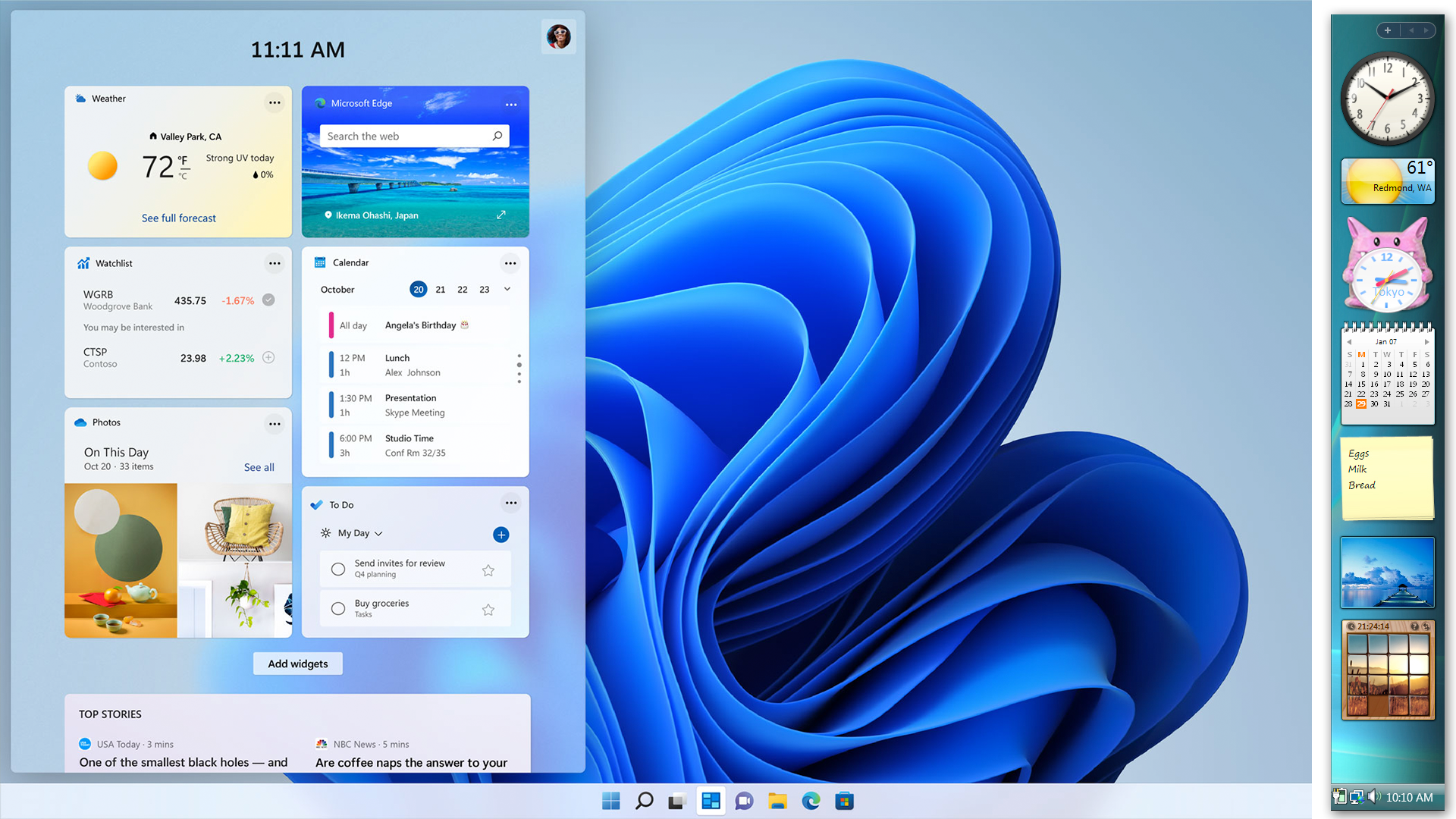Windows 11's launch was fraught with problems. Alongside the bugs and compatibility issues that come with the launch of a new operating system, Windows 11 also had stringent hardware requirements that left many people unable to get it, even if they wanted to. One year on, and uptake is still bad.
Even though those hardware requirements have relaxed slightly, only 15% of PC users are currently running Windows 11. That's only around 5% more than the number of people using Windows 7, despite support for that particular OS being withdrawn over two years ago.
The current most popular operating system is Windows 10, with over 70% of machines running it at this time. Those users may not be in a rush to upgrade either, as Windows 10 support is set to last until October 2025 at the very least.
Overall, Windows users account for around 80% of the desktop and laptop market. iOS users, who use Apple products like Macs and MacBooks, account for 15%, with the remaining 5% using open-source operating systems like Linux.
[Related]https://www.reviewgeek.com/110202/windows-11-pro-will-require-a-microsoft-account-during-setup/[/related]
Businesses may be behind the low uptake. Between the hardware requirements, the ongoing support for Windows 10, and the current economic climate---one of Microsoft's markets might be holding off on making the upgrade.
Shortly after its release, Microsoft did scale down a few of Windows 11's requirements, but nothing major really happened. The most significant change was arguably a couple of 7th Gen Intel Processors cropping up on the list of compatible hardware. As things stand, more drastic changes may be needed before the majority of users commit to an upgrade.
Source: Statcounter via Techradar


